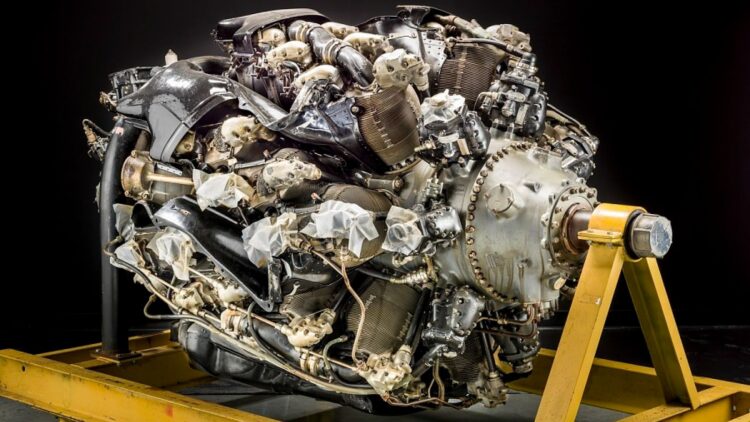Sustainable mobility is making strides, and we’re here to give you the latest updates. Here’s another cool story: a World War II engine that’s now running on cutting-edge fuel we’ve just started to produce. Keep reading to learn more.
A blast from the past is making a comeback
The opposed-piston engine invented over 100 years ago, had its glory days during World War II, powering submarines and aircraft carriers. Despite its impressive fuel efficiency, it didn’t catch on widely due to stricter emissions standards.
But now, thanks to modern tech and engineering, this old engine is making a comeback. Scientists are looking into its potential for a zero-carbon transportation system.
At the forefront of this effort are scientists at the U.S. Department of Energy’s (DOE) Argonne National Laboratory, who are teaming up with Achates Power. Achates Power specializes in opposed-piston, two-stroke compression ignition engines, and together they’re working on developing a hydrogen-powered engine, mainly for long-haul commercial vehicles.
Innovation often means tweaking and improving old designs. Case in point: engineers recently modified a WWII aircraft engine to run on hydrogen. Pretty cool, right?
Originally designed over 70 years ago, this engine has been given a new lease on life with modern tech, turning it into a green machine for the future.
From Warbirds to Green Machines: The Story of the R-4360
This beast of an engine, known as the R-4360, was a powerhouse during the war. It was used in heavy bombers like the Boeing B-29 Superfortress and the Consolidated B-32 Dominator. The engine’s size was impressive, with a nearly 5-meter diameter and 28 air-cooled cylinders. It could churn out between 2,500 and 3,800 horsepower, which was top-tier for military aviation back then. But it was a bit too complex and high-maintenance for commercial planes.
The advanced opposed-piston engine offers several benefits for hydrogen combustion compared to traditional engines. Its simple design is a big plus. Achates Power’s innovative architecture features two pistons moving in opposite directions within one cylinder, eliminating cylinder heads, which are a major source of heat loss and inefficiency in regular engines.
The engine’s two-stroke combustion cycle produces twice as many power strokes per crankshaft revolution as a standard four-stroke engine, giving it more power. It’s also lighter, cheaper, and easier to build.
While electric vehicles (EVs) dominate the zero-carbon transportation market for cars, the hydrogen-powered opposed-piston engine is perfect for long-distance vehicles that are hard to electrify.
Reviving the Past: Hydrogen-Powered and Ready for the Future
Enter Achates Power, a California-based company specializing in efficient internal combustion engines. They’ve reworked the old Junkers engine to run on hydrogen, tweaking the injection system, lubrication, and more to adapt it to the new fuel.
Their tests show the engine works smoothly on hydrogen, hitting up to 135 horsepower with almost zero emissions. This brings it up to the strictest environmental standards.
Despite the engine’s age, it’s now running on hydrogen, a fuel we’re still figuring out how to mass-produce. But there’s hope—we’re also exploring other innovative fuels, like those powering cars with tidal movements. So, are we on the path to future mobility? We’re getting closer every day.

